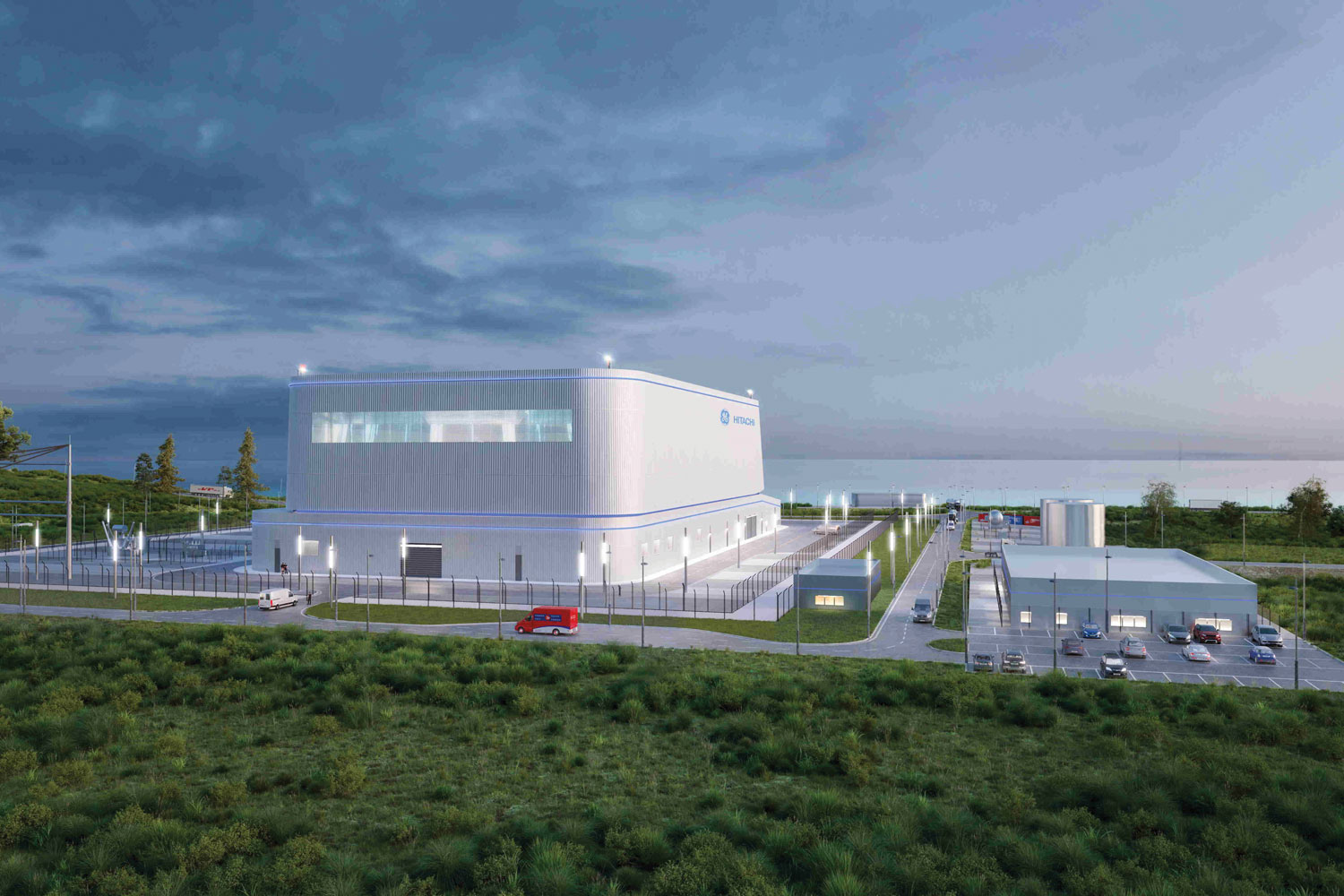Faculty Collaboration Plots a Better Plan for Nuclear Plant Maintenance.
Two Tickle College of Engineering faculty members combined their insight for a cross-disciplinary collaboration that fuels maintenance schedules for nuclear power plants in a way that reduces costs without compromising safety.
Associate Professor Jamie Coble, the Southern Company Faculty in nuclear engineering, and Professor Jim Ostrowski, the Dan Doulet Faculty Fellow in industrial and systems engineering, combined their expertise to propose a system of integrated maintenance planning optimization for light water reactors. The method accounts for a wide variety of concerns to provide risk- and condition-informed, cost-effective maintenance plans during normal plant operation and refueling outages.
“We see operations and maintenance as the largest controllable day-to-day cost of generating nuclear energy,” said Coble. “There are a lot of opportunities to improve and streamline decision making in that space.”
Their system automates the planning process to save time as better schedules are developed—reducing costs, making better use of personnel and resources, and managing impacts on risk.
“Maintenance planning is currently a very manual, labor-intensive process in much of the nuclear industry,” said Coble. “Maintenance planners are mentally collating a lot of information: what needs to happen, what resources are needed and available, what duration and concurrence of activities is allowable by the plant license and/or regulator, and so on.”
Their approach automates the collation of those tasks, with the planning personnel taking on a supervisory role to make the final decisions.
A long-term goal is to tie together all these things to just be more efficient in the maintenance activities that you do.”
Their original maintenance planning optimization routine focused on scheduling online maintenance, which occurs while the plant is operating, to minimize costs while considering the impact of taking systems and components offline at the same time on the operational (safety) risk. This approach upholds the current periodic maintenance but improves the scheduling of specific tasks that need to happen.
“The ideal case would be to allow power plants to move away from this idea of periodicity, where you’re required to do this every four months, but to have some prognostics,” said Ostrowski. “Jamie’s models say, ‘Okay, the probability of failure for the next week for this thing is X, here’s how we expect it to change.’ If we don’t think it’s likely to break and it’s running great, then why do the maintenance on it?”
Their model’s real-time data would more quickly inform optimization solutions and emphasize task priorities.
“A long-term goal is to tie together all these things to just be more efficient in the maintenance activities that you do,” said Ostrowski. “You don’t need to do things unnecessarily, because it’s expensive.”
The optimized scheduling also lessens the risks associated with maintenance downtime. If multiple systems are offline at once, it can increase the possibility of a bad consequence in case of an emergency.
Maintenance planners are mentally collating a lot of information: what needs to happen, what resources are needed and available, what duration and concurrence of activities is allowable by the plant license and/or regulator, and so on.”
“If there were a tornado or an earthquake or whatever, and all of these things were offline, the plant might not have the number of redundant and diverse safety systems available to respond that we want,” said Coble.
The original project, supported by the DOE Nuclear Energy University Program (NEUP), evolved and is currently supported by the Advanced Research Projects Agency – Energy (ARPA-E) under a larger project led by GE-Research. An added pre-scheduling step in the ARPA-E implementation uses equipment condition and prognostics information to identify priorities during planned maintenance outages. This prescreening step identifies systems and components whose maintenance can be deferred to later outages, instead of the traditional “everything, everywhere, all at once” shutdown approach.
Their approach could foreseeably work for other systems and industries beyond nuclear energy.
“The optimization routine that Jim’s team developed is generally applicable to planning any kind of maintenance that may have an impact on system safety or performance,” said Coble. “Even things like maintaining a fleet of vehicles could benefit from prognostics-informed or risk-informed maintenance scheduling. The challenge would likely be in capturing the knowledge that schedulers keep in their heads and organizing it in a way that a computer can digest.”
